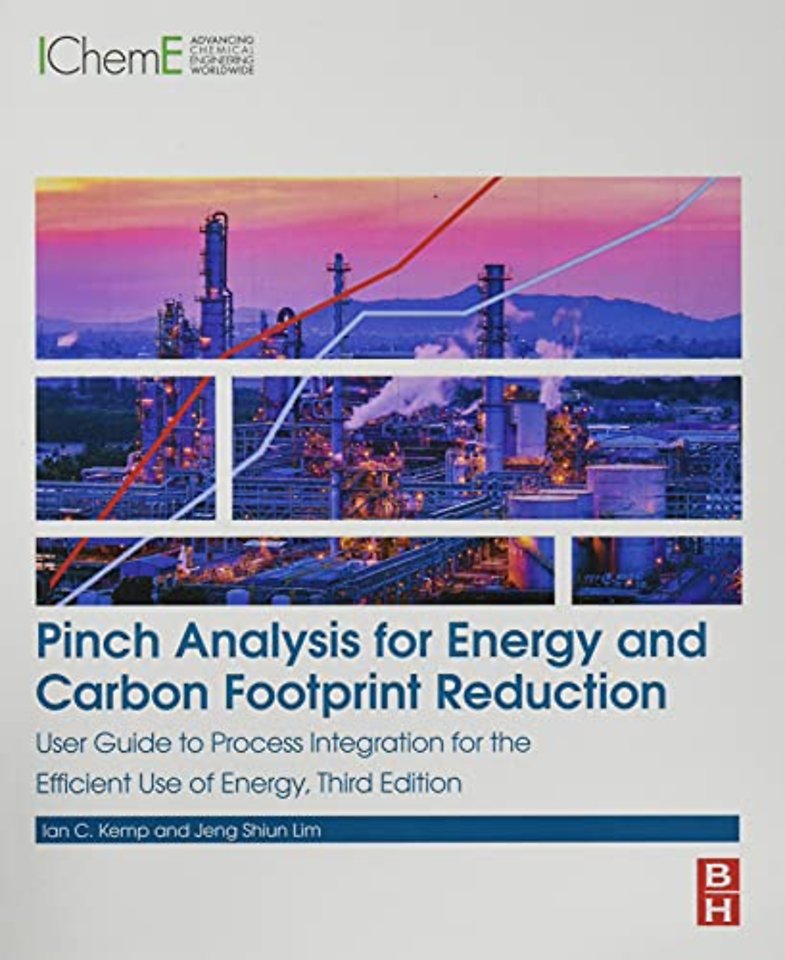Pinch Analysis for Energy and Carbon Footprint Reduction
User Guide to Process Integration for the Efficient Use of Energy
Samenvatting
Pinch Analysis for Energy and Carbon Footprint Reduction is the only dedicated pinch analysis and process integration guide, covering a breadth of material from foundational knowledge to in-depth processes. Readers are introduced to the main concepts of pinch analysis, the calculation of energy targets for a given process, the pinch temperature, and the golden rules of pinch-based design to meet energy targets. More advanced topics include the extraction of stream data necessary for a pinch analysis, the design of heat exchanger networks, hot and cold utility systems, combined heat and power (CHP), refrigeration, batch- and time-dependent situations, and optimization of system operating conditions, including distillation, evaporation, and solids drying.
This new edition offers tips and techniques for practical applications, supported by several detailed case studies. Examples stem from a wide range of industries, including buildings and other non-process situations. This reference is a must-have guide for chemical process engineers, food and biochemical engineers, plant engineers, and professionals concerned with energy optimization, including building designers.

